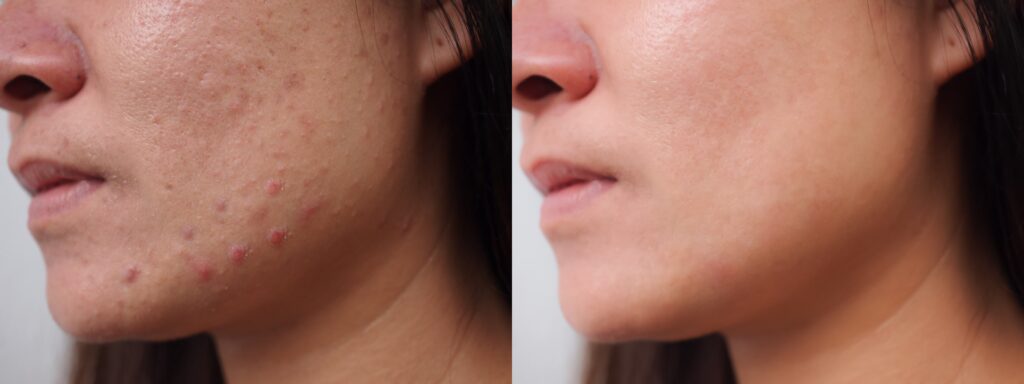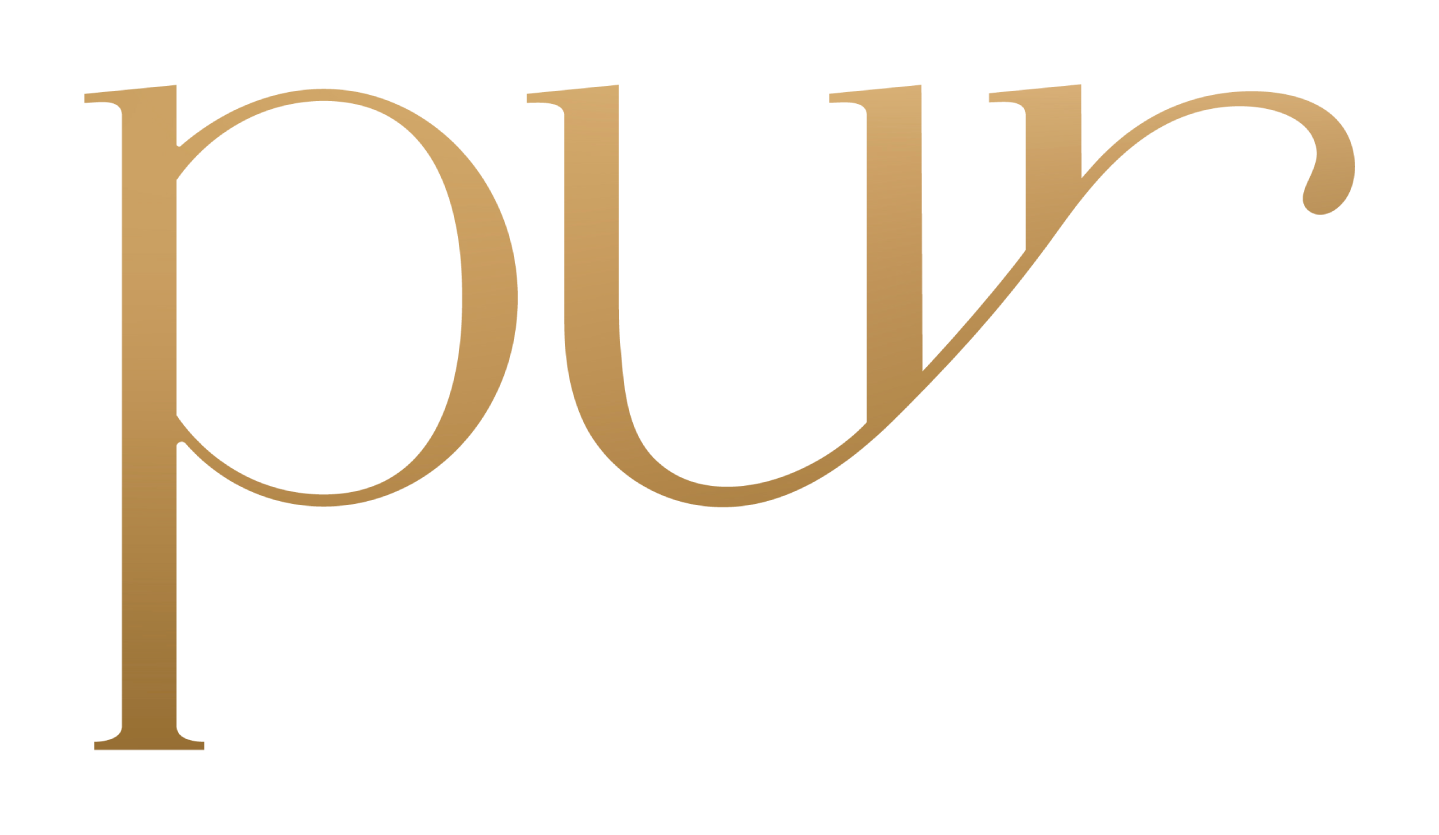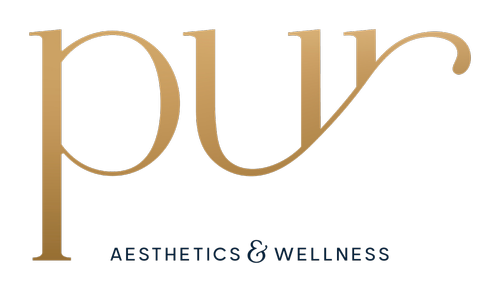Acne is a prevalent skin condition that affects individuals across various age groups, often leading to physical discomfort and emotional distress. While numerous treatments are available, many come with undesirable side effects or limited efficacy.
Emerging as a promising solution, LED Therapy, particularly Blue Light Therapy, offers a non-invasive approach to managing and reducing acne breakouts. Continue reading to explore the underlying causes of acne, learn more about the mechanics of LED Therapy, and understand how Blue Light Therapy can effectively clear the skin and minimize breakouts.
Understanding Acne
Acne vulgaris is a multifactorial skin disorder characterized by the presence of pimples, blackheads, whiteheads, and cysts. To effectively combat acne, it’s essential to understand its root causes:
- Excess Sebum Production. Sebaceous glands produce sebum, an oily substance that lubricates the skin. Overproduction can lead to clogged pores, creating an environment conducive to acne development.
- Hyperkeratinization. This process involves the excessive shedding of dead skin cells within the hair follicle, leading to blockages that trap sebum and bacteria.
- Bacterial Proliferation. The bacterium Propionibacterium acnes (P. acnes) thrives in clogged pores, triggering inflammation and the formation of acne lesions.
- Inflammatory Response. The body’s immune response to bacterial invasion results in inflammation, causing redness, swelling, and pain associated with acne.
Understanding these factors is crucial, as targeted treatments like Blue Light Therapy can address specific causes, particularly bacterial proliferation.
Shedding Light on LED Therapy
Light Emitting Diode (LED) Therapy is a non-invasive treatment that utilizes specific wavelengths of light to penetrate the skin and elicit various therapeutic effects. Developed initially by NASA for plant growth experiments and later found to promote wound healing in astronauts, LED Therapy has been adapted for dermatological applications.
Different wavelengths correspond to various colors, each offering distinct benefits:
- Blue Light (405 to 420 nm): Targets acne-causing bacteria.
- Red Light (620 to 700 nm): Reduces inflammation and promotes healing.
- Near-Infrared Light (700 to 1200 nm): Penetrates deeper layers to alleviate pain and repair tissues.
For acne treatment, Blue Light Therapy has garnered attention due to its antibacterial properties.
Blue Light Therapy: Mechanisms and Benefits
Blue Light Therapy is emerging as a game-changing treatment for acne sufferers who want a gentle, non-invasive, and effective solution without the need for harsh medications or aggressive skincare treatments.
But what makes it so effective? The science behind Blue Light Therapy lies in its ability to target acne at the root—bacteria, inflammation, and oil production—all while being safe for all skin types.
Below, we explore the key mechanisms and benefits of Blue Light Therapy, breaking down exactly how this cutting-edge phototherapy treatment works to clear the skin and prevent future breakouts:
1. Antibacterial Action: Eliminating Acne-Causing Bacteria
One of the primary causes of acne is the overgrowth of Propionibacterium acne (P. acnes), a type of bacteria that lives on the skin. While this bacterium is normally harmless, it thrives in clogged pores, leading to inflammation, pus formation, and painful breakouts.
- Blue Light Therapy directly targets P. acnes bacteria, disrupting its ability to survive and multiply.
- P. acnes bacteria contain porphyrins, natural compounds that absorb blue light. When exposed to the 405 to 420 nm wavelength, these porphyrins generate reactive oxygen species, which destroy the bacteria from the inside out.
- Unlike antibiotics, Blue Light Therapy doesn’t contribute to bacterial resistance, making it a long-term solution for managing breakouts.
Why It Matters: Unlike topical treatments that sit on the skin’s surface, Blue Light penetrates deep into the pores, where acne-causing bacteria live, making it more effective than many over-the-counter acne products.
2. Regulating Sebum Production for Oil Control
Acne often occurs when the sebaceous (oil) glands produce too much sebum, leading to clogged pores, blackheads, and whiteheads. Many acne treatments—like retinoids and benzoyl peroxide—focus on reducing oil, but they can be overly drying or irritating.
- Blue Light Therapy helps regulate sebaceous gland activity, decreasing excessive oil production over time.
- This balances the skin’s oil levels without causing dryness, peeling, or irritation, making it a great option for sensitive skin.
- By reducing sebum production, there’s less opportunity for bacteria and dead skin cells to get trapped in pores, leading to fewer breakouts.
Why It Matters: Instead of just treating existing pimples, Blue Light Therapy works to prevent future breakouts by stopping excess oil at the source.
3. Calming Inflammation and Reducing Redness
When a pore becomes clogged and infected with P. acnes, the body responds with inflammation, leading to swelling, redness, and painful cystic acne. While many acne treatments fight bacteria, few actively work to calm inflammation and irritation at the same time.
- Blue Light Therapy has powerful anti-inflammatory effects, helping to soothe active breakouts and reduce swelling.
- This makes it particularly beneficial for red, inflamed acne lesions, such as papules, pustules, and cystic acne.
- By reducing inflammation, Blue Light Therapy accelerates healing, helping blemishes fade faster and preventing post-acne marks and scarring.
Why It Matters: If you suffer from red, irritated acne, Blue Light Therapy not only helps kill bacteria but calms skin, making breakouts heal faster with less long-term scarring.
4. Preventing Future Breakouts
While many acne treatments work only on existing pimples, Blue Light Therapy is designed to be both a treatment and a prevention method. When used consistently, it helps to break the cycle of acne by maintaining a bacteria-free and oil-balanced environment on the skin.
- Regular Blue Light sessions keep P. acnes bacteria at low levels, making it harder for breakouts to form.
- Long-term use helps reduce sebum production, decreasing the likelihood of clogged pores.
- Works best when integrated into a consistent skincare routine, especially for those prone to hormonal or chronic acne.
Why It Matters: Blue Light Therapy isn’t just a temporary fix—with regular use, it prevents new breakouts from forming while continuously improving skin health.
5. Improving Overall Skin Clarity and Texture
Acne isn’t just about breakouts—it can leave behind redness, rough skin texture, and post-inflammatory hyperpigmentation (PIH) that make skin look uneven long after pimples have healed.
- Blue Light Therapy helps with long-term skin rejuvenation, leading to smoother, more radiant skin.
- By reducing inflammation and oiliness, it minimizes the appearance of large pores and improves overall texture.
- Works synergistically with Red Light Therapy, which promotes collagen production and healing, further enhancing skin smoothness.
Why It Matters: Even if your acne is under control, Blue Light Therapy continues to improve skin quality over time, giving you a consistently clear, healthy glow.
6. A Non-Invasive, Painless Treatment with No Downtime
Unlike harsh chemical peels, lasers, or prescription medications, Blue Light Therapy is 100% non-invasive and safe for all skin types.
- No needles, heat, or discomfort—just a relaxing, painless light treatment.
- No recovery time needed—you can return to your regular activities immediately.
- Safe for sensitive skin—It doesn’t cause redness, peeling, or irritation, unlike some traditional acne treatments.
Why It Matters: If you have sensitive skin or struggle with harsh acne medications, Blue Light Therapy is a gentle, science-backed alternative that delivers results without unwanted side effects.
7. Safe for All Skin Tones Without Risk of Hyperpigmentation
Many acne treatments—such as lasers, chemical peels, or certain topical treatments—can pose a higher risk of hyperpigmentation for individuals with darker skin tones. However, Blue Light Therapy is completely safe for all complexions.
- Unlike some lasers, Blue Light Therapy does not damage melanin-producing cells, making it ideal for deeper skin tones.
- It won’t cause post-inflammatory hyperpigmentation (PIH), which is a common side effect of some acne treatments.
- It can be used on its own or in combination with other skincare products, regardless of skin tone.
Why It Matters: If you have melanin-rich skin and are concerned about hyperpigmentation, Blue Light Therapy provides an effective, safe way to treat acne without increasing the risk of dark spots or uneven skin tone.

Achieve Clearer Skin with LED Therapy
If you’re ready to take control of breakouts, oiliness, and skin irritation, Blue Light Therapy is a clinically proven solution that delivers lasting results without downtime. Whether you’re dealing with mild, moderate, or stubborn acne, our expert dermatologists can customize a Blue Light treatment plan that fits your skin’s needs.
Schedule your consultation today at Pur Aesthetics and Wellness in Granger, IN, and start your journey to clear, confident skin!

